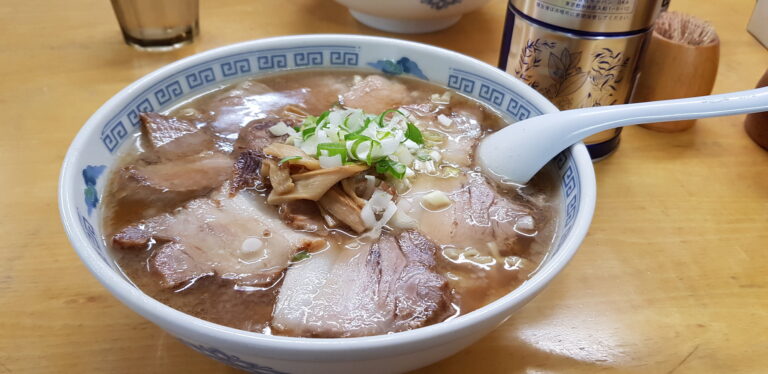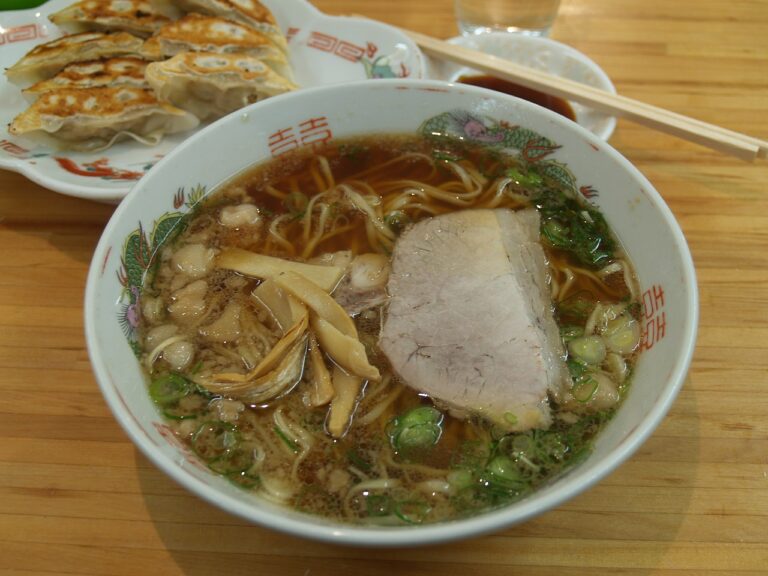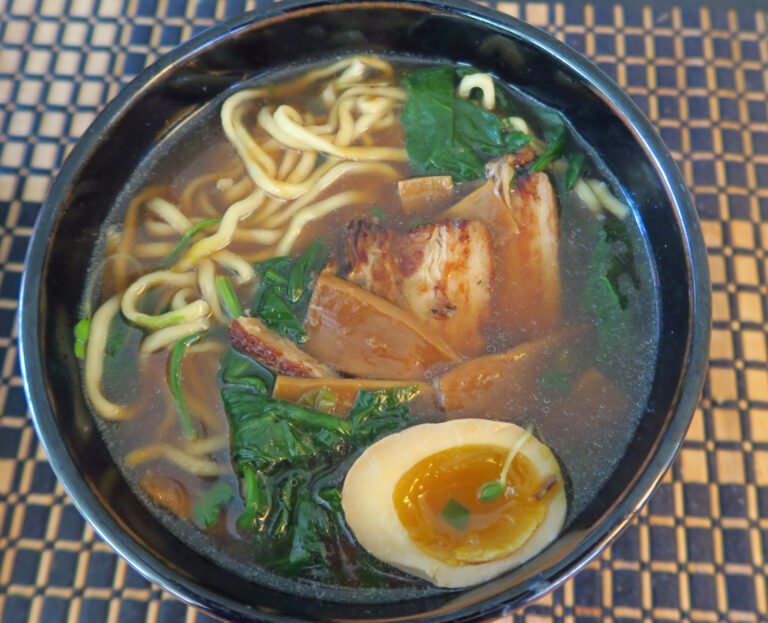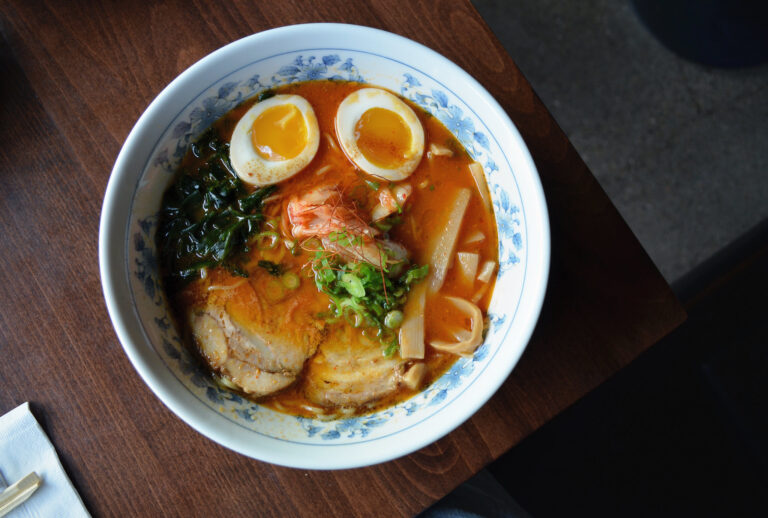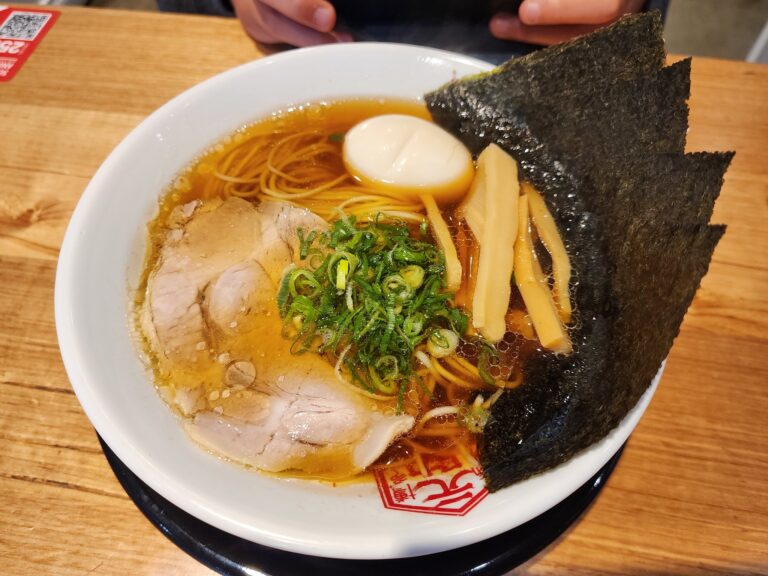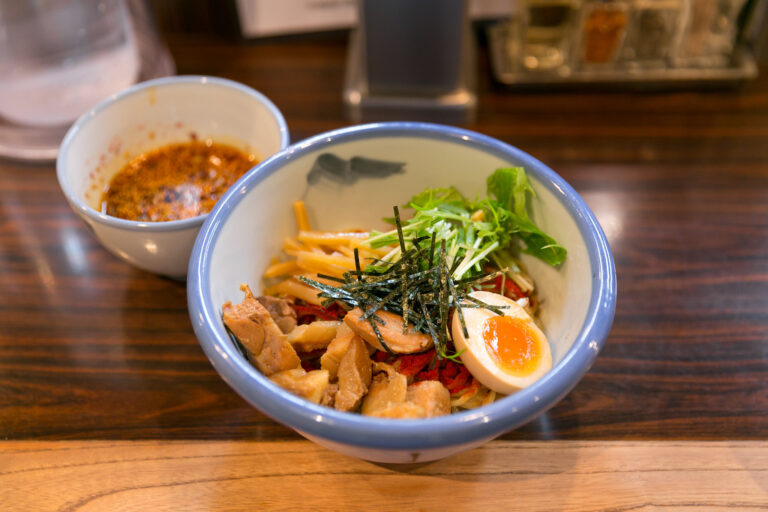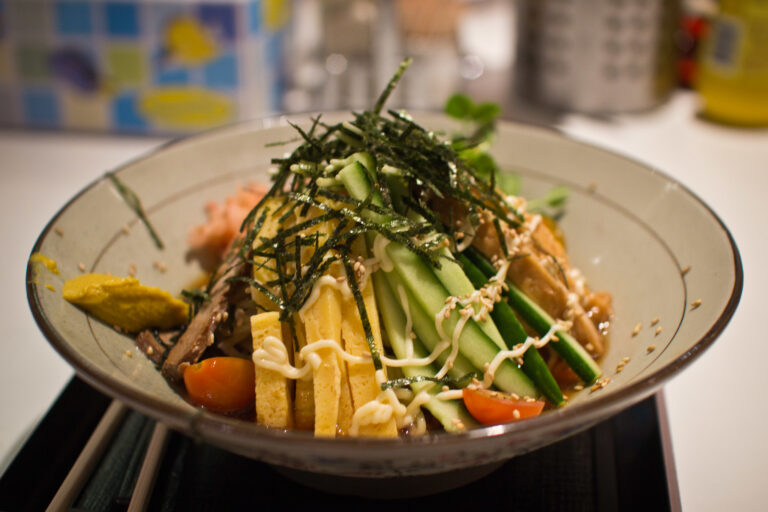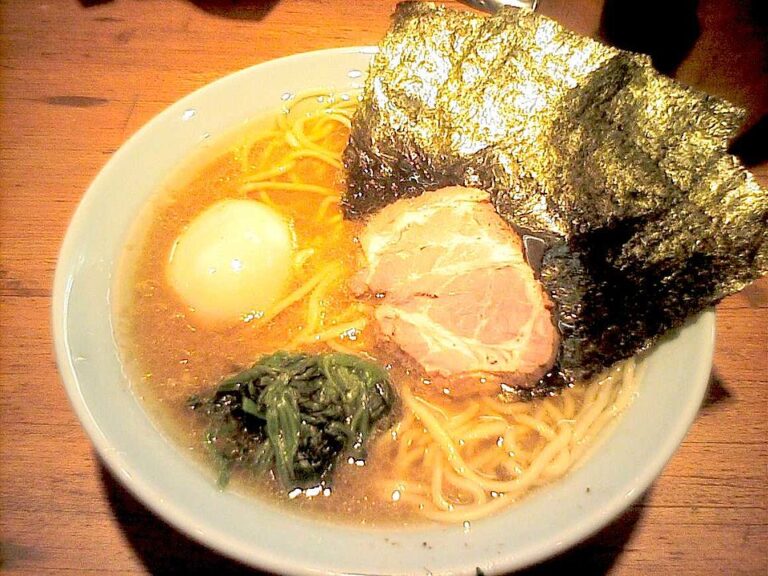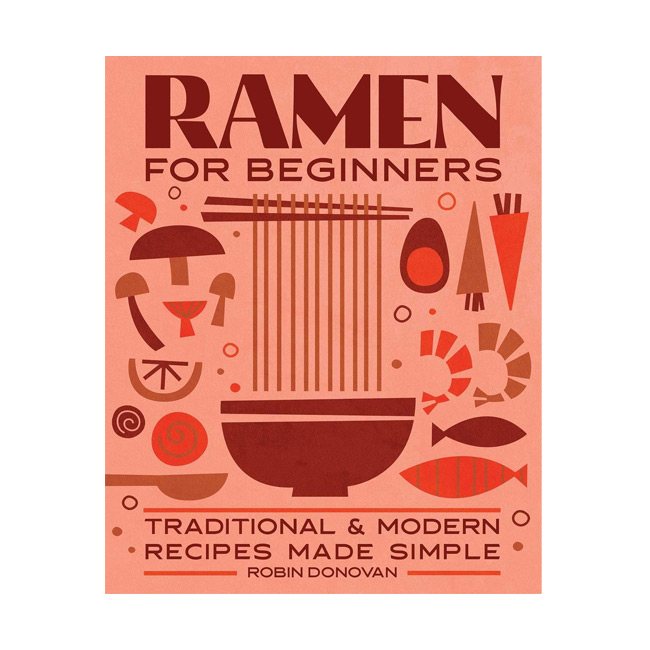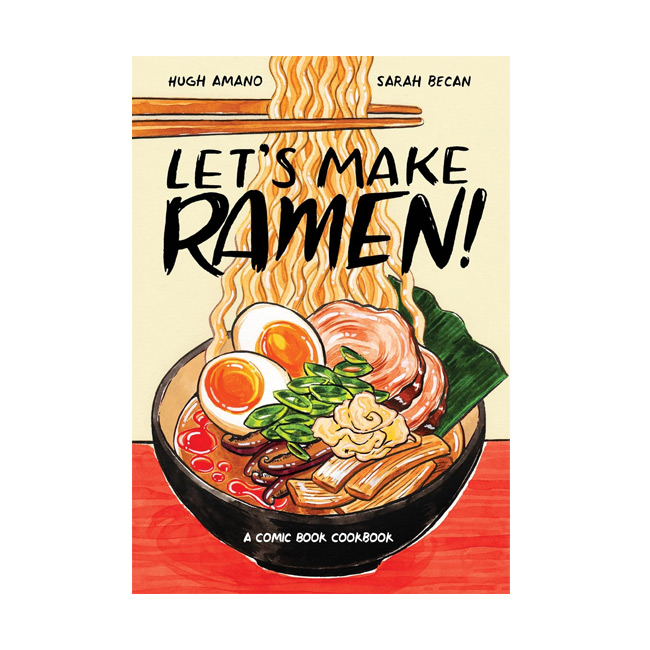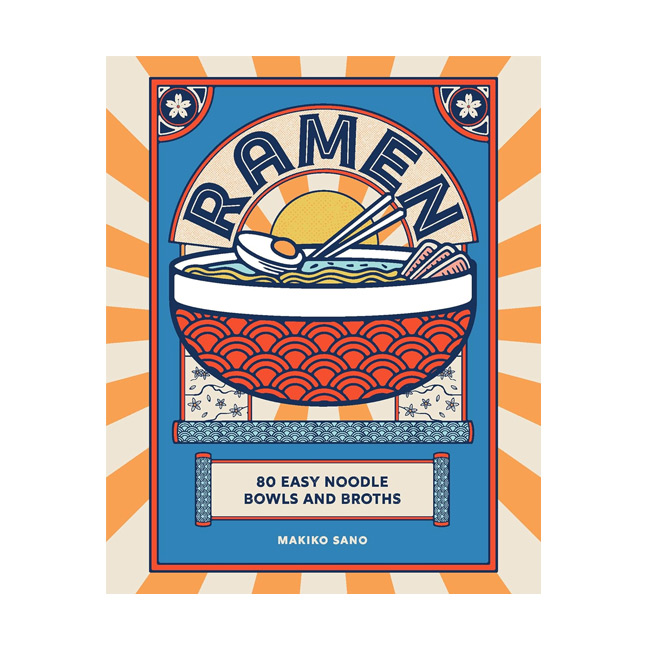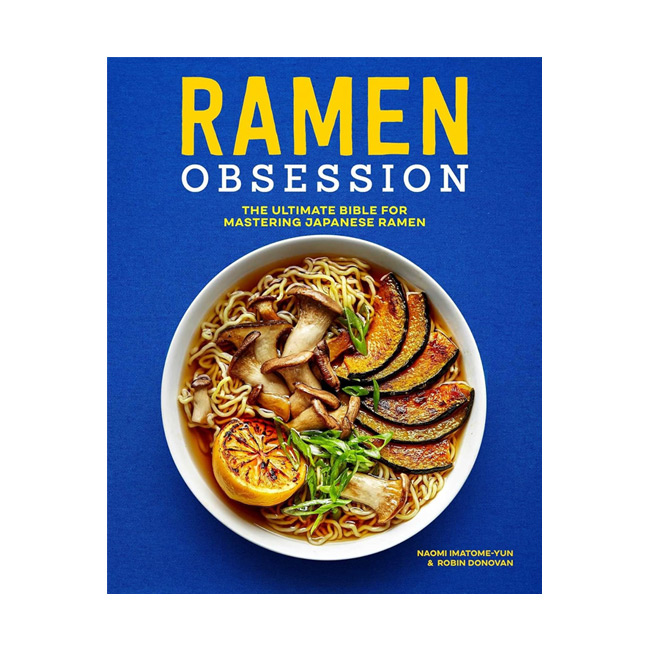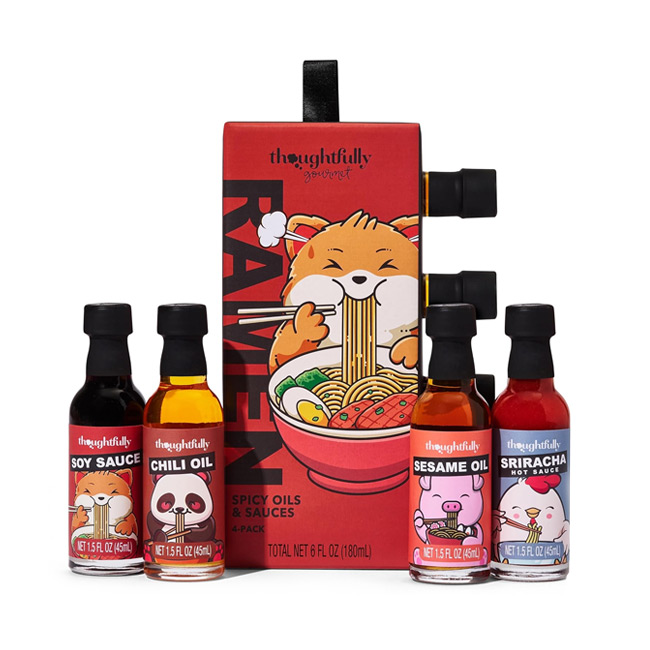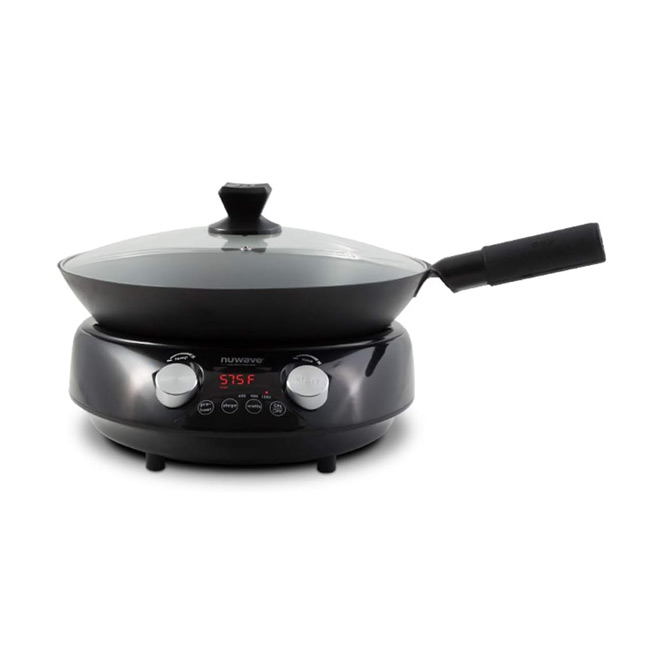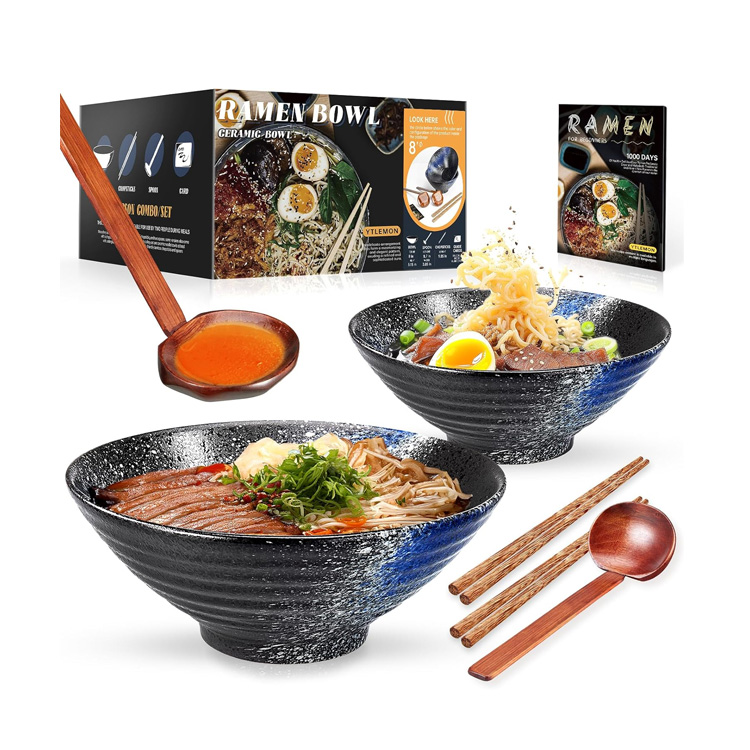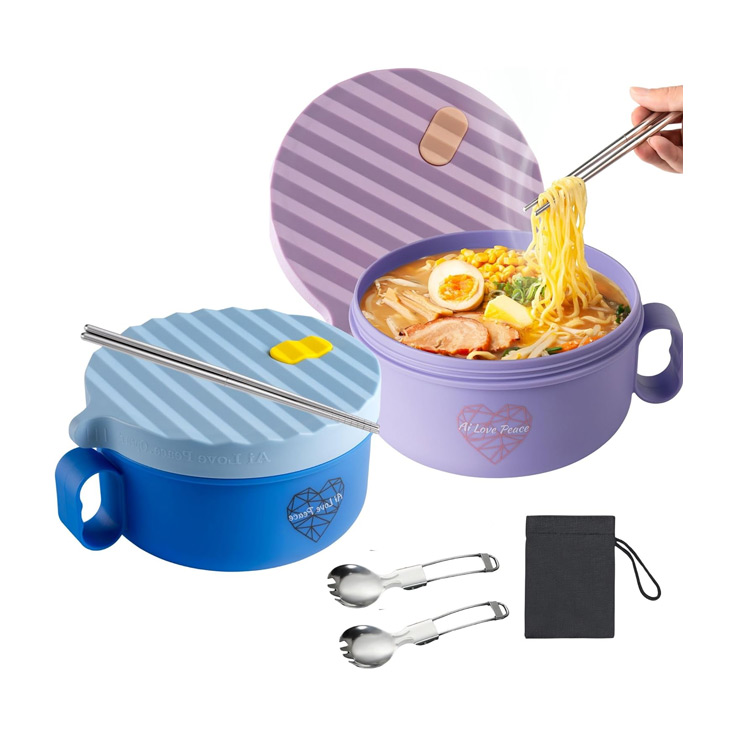Kitakata ramen is a beloved ramen variety originating from Kitakata City in Fukushima Prefecture, Japan. Known for its clear, soy sauce-based broth, Kitakata ramen offers a light yet savory flavor that is both refreshing and satisfying.
Kitakata Ramen originated in Kitakata city, Fukushima Prefecture, Japan. The story goes back to the early 1920s when a Chinese cook named Wang Wansheng, who was living in Kitakata, began serving a unique style of ramen. His version featured thick, flat noodles in a shoyu (soy sauce) broth, which was distinct from the thinner noodles and different broths commonly found in other parts of Japan. The local community embraced this new style, and over time, it became synonymous with the city itself.
This ramen is distinguished by its use of thick, flat, and wavy noodles, which provide a hearty texture that perfectly complements the delicate broth. Kitakata ramen is often enjoyed for its simplicity and the purity of its flavors, making it a popular choice among ramen enthusiasts seeking a clean and wholesome bowl of noodles.
Kitakata’s Morning Ramen Culture
Kitakata is known for its ramen shops, boasting one of the highest numbers of ramen shops per capita in Japan. A quirky local tradition is that some ramen shops in Kitakata open as early as 7 AM, offering ramen as a breakfast option. This unusual custom has its roots in the lifestyle of the town’s residents, many of whom are farmers or involved in the sake brewing industry. The early hours have also turned into a beloved aspect of the local ramen culture, with both locals and visitors enjoying a steaming bowl of ramen first thing in the morning.
Kitakata Ramen
Broth
The broth of Kitakata ramen is typically soy sauce-based (shoyu), creating a clear and light soup that is rich in umami. It is often made with a combination of pork bones, chicken, and dried sardines, which are simmered together to develop a deep, savory flavor.
The addition of soy sauce gives the broth a slightly salty and tangy taste, enhancing its overall complexity without overpowering the palate. This clear broth is a hallmark of Kitakata ramen, offering a refreshing and light dining experience.
Kitakata Ramen
Noodles
Kitakata ramen is renowned for its thick, flat, and wavy noodles. These noodles are slightly chewy and have a firm texture, providing a satisfying bite that contrasts beautifully with the light broth.
The wavy shape of the noodles helps them hold onto the broth, ensuring each bite is full of flavor. Made with a higher water content, these noodles are softer and more pliable, giving Kitakata ramen its distinctive mouthfeel and making it a hearty and filling dish.
Kitakata Ramen
Toppings
Common toppings for Kitakata ramen include slices of chashu (braised pork belly), which add a rich and savory element to the dish. Other typical toppings include menma (bamboo shoots), which provide a crunchy texture, and negi (green onions), which offer a fresh and sharp contrast.
A slice of narutomaki (fish cake) adds both visual appeal and a mild fish flavor. Occasionally, seasoned bamboo shoots and a soft-boiled egg (ajitsuke tamago) are also included, enhancing the overall richness and depth of the ramen.
A brief history of Kitakata Ramen
Kitakata ramen originated in the early 20th century in Kitakata City, which is known for its high-quality water, ideal for making ramen noodles. The dish gained popularity in the 1950s when local ramen shops began to flourish, each adding their unique twist to the traditional recipe.
The thick, wavy noodles became a signature of Kitakata ramen, setting it apart from other regional varieties.
Over the decades, Kitakata ramen has become a symbol of the city’s culinary heritage, attracting ramen enthusiasts from all over Japan and beyond. Today, it remains a beloved and iconic dish, celebrated for its simple yet deeply satisfying flavors and its unique noodle texture.
Kitakata Ramen
FAQs
Q: What makes kitakata ramen noodles different?
A: One of the defining characteristics of Kitakata Ramen is its noodles. Unlike the thin, curly noodles found in many other ramen varieties, Kitakata Ramen noodles are thick, flat, and slightly curly. They are made using a unique process that involves a higher water content, giving them a chewy and resilient texture that pairs perfectly with the rich shoyu broth.
Q: What’s the broth used in kitakata ramen?
A: The broth used in Kitakata Ramen is typically a clear, soy sauce-based (shoyu) broth. It is known for its clean and savory flavor, often made by simmering pork bones, chicken, and various vegetables. This broth, combined with the distinct noodles, creates a balanced and satisfying bowl of ramen that stands out among the many regional ramen varieties in Japan.
Kitakata Ramen recipe
Ingredients For the Broth:
- 4 cups chicken stock
- 2 cups dashi stock
- 1/4 cup soy sauce
- 1 tablespoon sake
- 1 tablespoon mirin
- 1 onion, halved
- 3 cloves garlic, smashed
- 1-inch piece ginger, sliced
- 1 piece of dried kombu (seaweed)
- 1/2 cup dried sardines (optional)
Ingredients For the Toppings:
- 4 slices chashu (braised pork belly)
- 4 soft-boiled eggs (ajitsuke tamago)
- 1 cup menma (bamboo shoots)
- 1 sheet nori (seaweed), cut into strips
- 2 green onions (negi), chopped
- 4 slices narutomaki (fish cake)
For the Noodles:
- 4 servings of fresh or dried ramen noodles
Instructions:
Prepare the Broth:
- In a large pot, combine the chicken stock, dashi stock, soy sauce, sake, and mirin.
- Add the onion, garlic, ginger, kombu, and dried sardines (if using).
- Bring to a boil, then reduce heat and simmer for 30-40 minutes.
- Strain the broth to remove solids and keep warm.
Prepare the Noodles:
- Cook the ramen noodles according to the package instructions.
- Drain and set aside.
Prepare the Toppings:
- Slice the chashu and prepare the soft-boiled eggs.
- Arrange menma, nori strips, chopped green onions, and narutomaki slices in small bowls.
Assemble the Ramen:
- Divide the cooked noodles among four serving bowls.
- Pour the hot broth over the noodles.
- Top each bowl with slices of chashu, a halved soft-boiled egg, menma, nori strips, green onions, and a slice of narutomaki.
Serve the ramen hot and enjoy!

